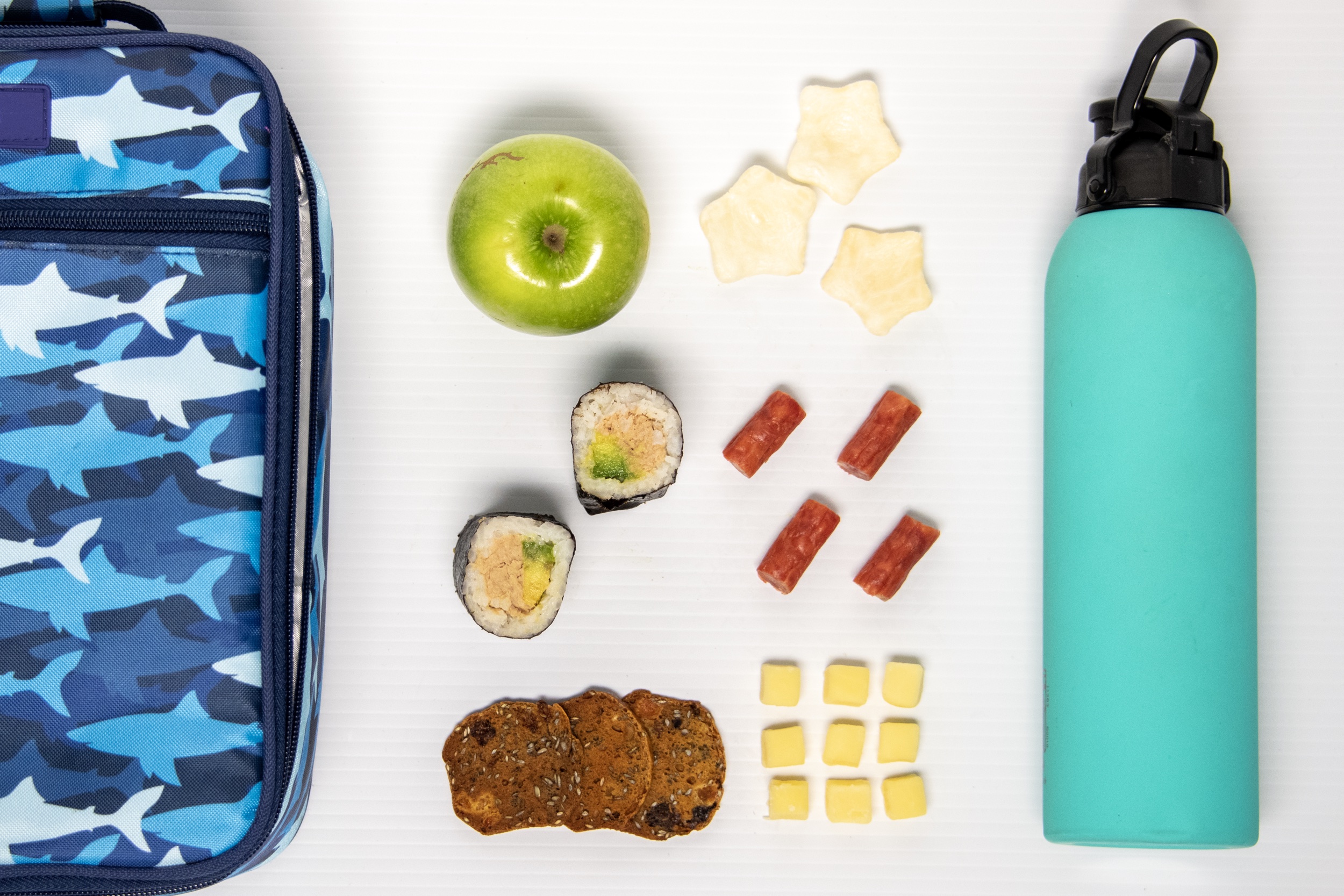
Getting your school lunches
A District dietitian shares her advice ahead of the new term.

Working with kids under five and with three young girls of her own, Sydney Local Health District Child and Family Health Dietitian Kalliope Polyronis knows the importance of establishing healthy habits for school lunchtimes.
“Preparing your child for a set meal ahead of the return to school is key”, she said.
“Especially during the holidays, kids tend to continually graze. To prepare them for childcare and school, getting them used to structure is important, and this includes being able to open their lunch box or container.”
She also understands that crafting a picture-perfect lunch box can be a lot of pressure for parents.
“Keep it simple and stick to the five food groups,” she said.
Kalliope has her top ten tips for a healthy lunch box:
- Only pack water. Kids don’t need juice, soft drinks, or cordial.
- Don’t overcrowd it. A ‘bento box’ is okay to split up the foods, but don’t over pack. When a child starts day or childcare, they’re so interested in playing than eating, so don’t put more than they really need, including water.
- Offer a lunch that includes some carbs and protein, such as a sandwich, wrap or pasta that’s got some chicken put through it or egg and cheese. There’s nothing wrong with a vegemite sandwich, but sometimes kids need a bit more.
- Cold pasta is a good meal. Start your kids getting used to eating cold pasta at home so that they’re not fussy about the temperature.
- Tinned fruit is okay. Fruit in its own juices (not syrup) is easy to pack and have in the cupboard. Bananas, cut up apples, blueberries, or raspberries, are good fresh options, but avoid dried fruits — they’re high in sugar.
- There’s nothing wrong with serving left over cold veggies. Left over cold sweet potato from the night before is good. Other vegetables may require a little more cutting up, but carrot, cucumber, capsicum, and little cherry tomatoes are usually the easiest ones to stick in the lunch box and survive. Kids tend to avoid lettuce.
- Be careful about snacks in the ‘healthy section’. Look at the packaging and make sure it says ‘low’. They should be wholemeal or whole grain, low sugar, and low salt.
- Choose an insulated lunch box to keep food at the right temperature and stick an ice brick in to keep it cool. You can also freeze a water bottle that will eventually melt.
- Don’t offer pre-packaged snacks every day. Treats are for holiday time — not even after school time, and they are not to be offered every day. There are better options, such as pretzels and popcorn snacks, but some muesli bars, roll ups or snacks are too high in sugar or salt and offer no nutrition. Offer crackers and cut up cheese instead of processed snacks.
- Stick to foods you’re comfortable with. For people from culturally and linguistically diverse backgrounds, there can be pressure to conform to a Westernised diet but opt for cultural foods that you’re comfortable cooking as most provide all five food groups and are a good, nutritious option for kids. There’s nothing wrong with taking rice or wraps with non-Western ingredients for lunch.